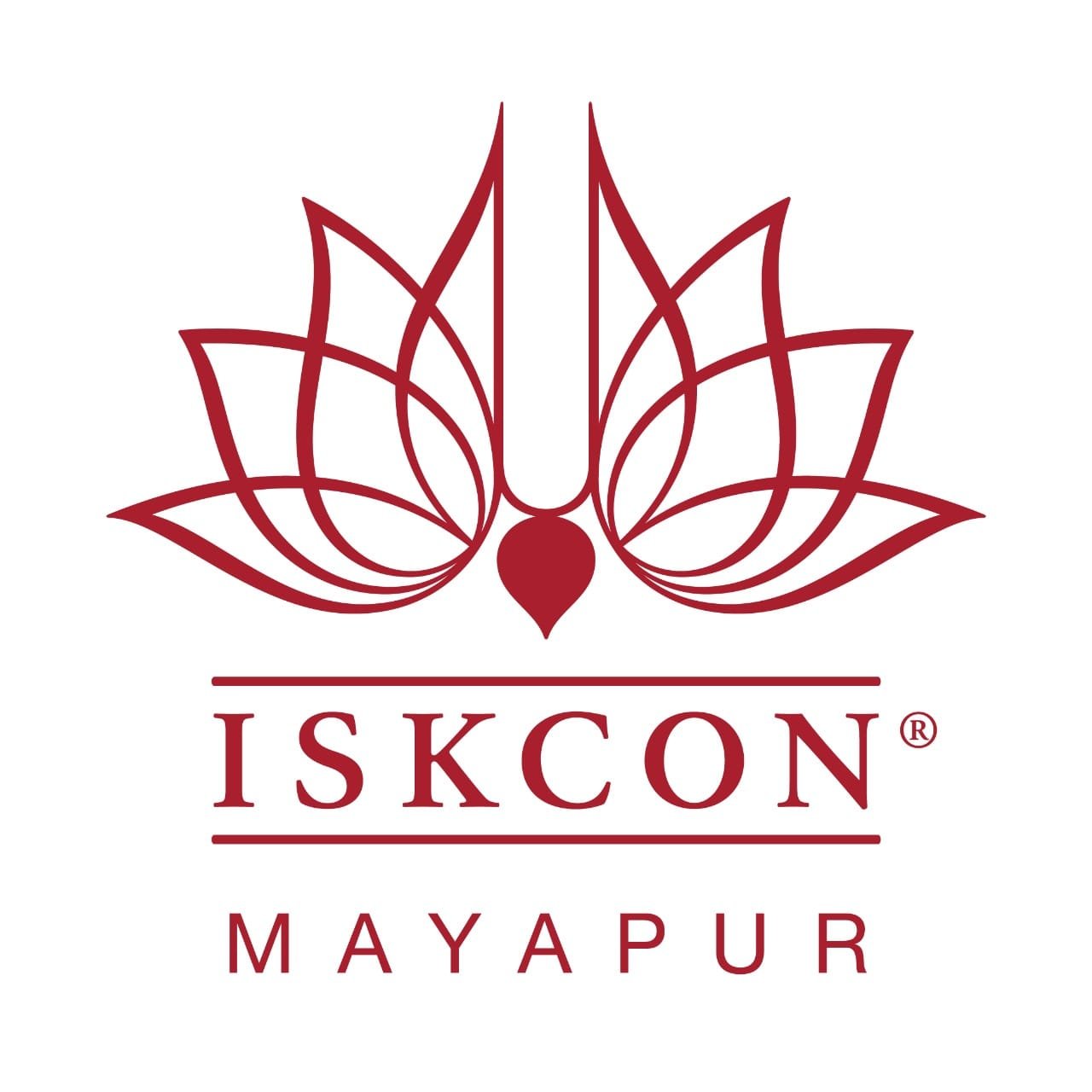Mahaprabhu Recipes
Help us preserve and share the traditional offerings made for the pleasure of Lord Sri Caitanya Mahaprabhu.
In his Gurv-aṣṭaka, Śrīla Viśvanātha Cakravartī Ṭhākura writes:
- catur-vidha-śrī-bhagavat-prasāda-
- svādv-anna-tṛptān hari-bhakta-saṅghān
- kṛtvaiva tṛptiṁ bhajataḥ sadaiva
- vande guroḥ śrī-caraṇāravinda
“The spiritual master is always offering Kṛṣṇa four kinds of delicious food [analyzed as that which is licked, chewed, drunk and sucked]. When the spiritual master sees that the devotees are satisfied by eating bhagavat-prasādam, he is satisfied. I offer my respectful obeisances unto the lotus feet of such a spiritual master.” The spiritual master’s duty is to engage his disciples in preparing varieties of nice foods to offer the Deity. After being offered, this food is distributed as prasādam to the devotees. These activities satisfy the spiritual master, although he himself does not eat or require such a variety of prasādam. By seeing to the offering and distribution of prasādam, he himself is encouraged in devotional service.
(CC Madhya 14.36 purport)
We request our editors of cook books to add all these nice preparations described by the experienced author Śrīla Kavirāja Gosvāmī.
(CC Madhya 3.47 purport)
